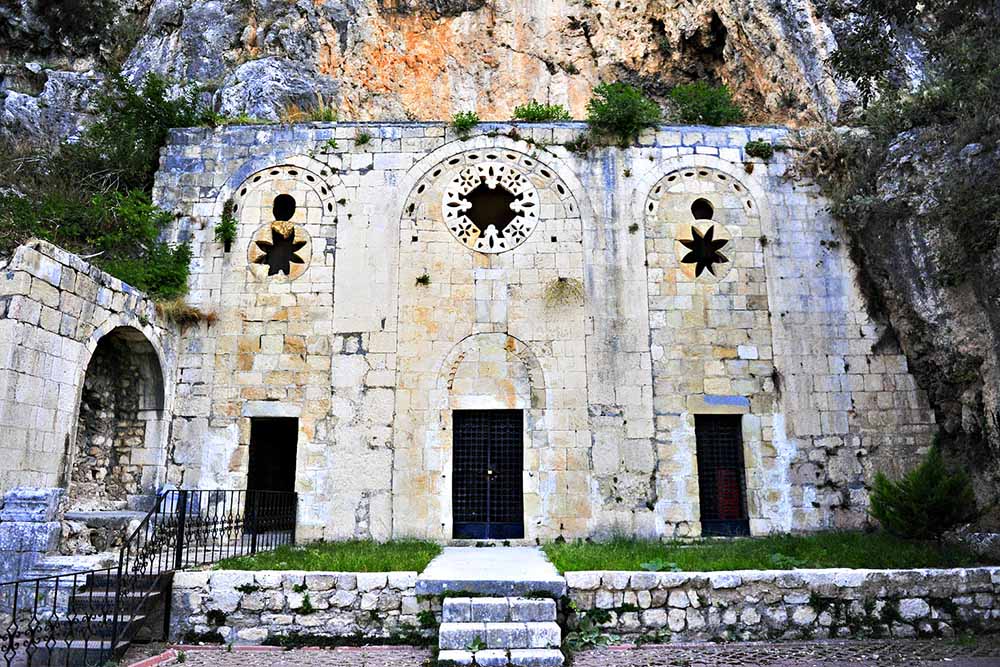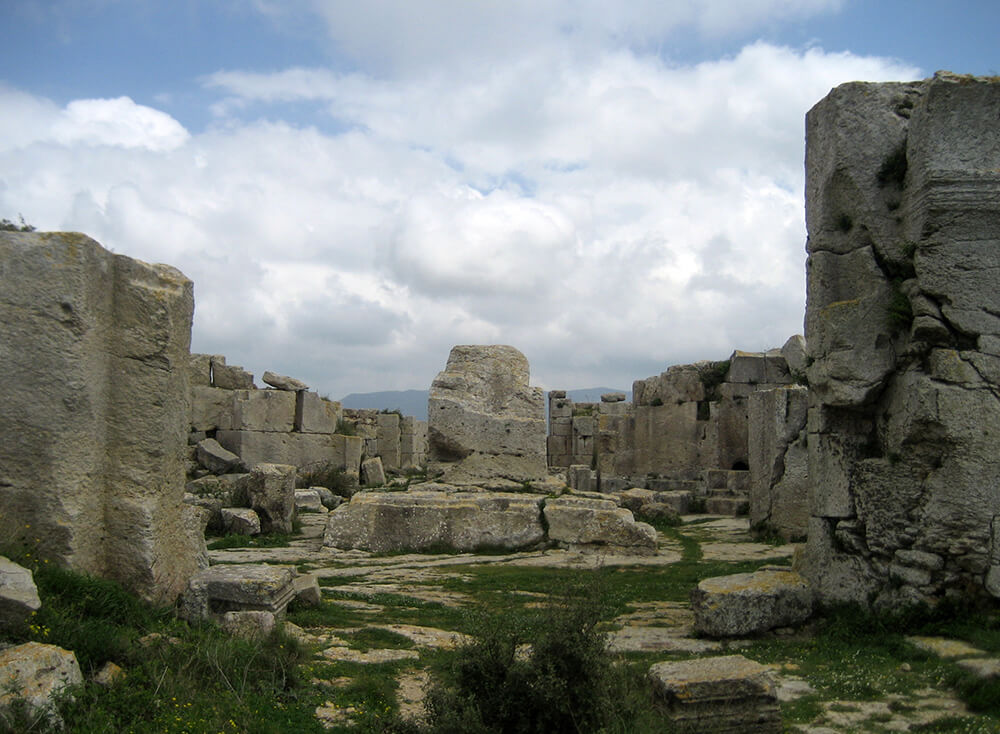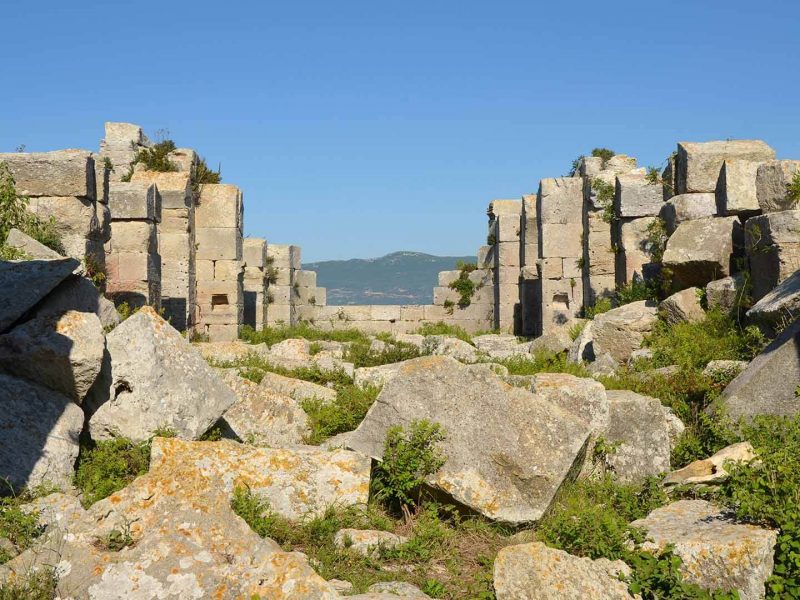When faith tourism is mentioned, Hatay, one of the very popular cities in our country, stands out with its history as well as the beauty that it provides to tourists. St. Simeon Monastery is one of those highly respected areas not only for Christians but for all culture and history enthusiasts.
When you visit Hatay (Antakya), you have a lot of activities to do. You may oversee the widest mosaic collection of the world, you may roam on Herod, the first street of the world, and you may take photos in many different historical places. The city, which is also known for its gourmet cuisine, is often visited due to St. Simeon Monastery. The monastery is located nearby the wind turbines. It captures attention with its ruins as well as the story of its foundation.
Saint Simeon Stylite and the Stylite Sect
For thousands of years, Anatolia has hosted many religions and tribes. Until the settlement of the Turks, many points of the Anatolia were deemed as holy for Christians, too. Born in 389 A.D around Hatay, which is one of those points, Saint Simeon Stylite was well educated in religion in his youth. Saint Simeon also completed his education in the Christian Monastery in the region. When he lost his whole family because of an earthquake, he went through a crisis and threw himself to the mercy of God. At that time, there was a monk who lived in Aleppo who shared a name with him. This monk, who was known as Old Simeon, was a religious educator with many followers. Simeon went to Aleppo and was educated by Old Simeon there. After getting this education, Saint Simeon Stylite returned to Hatay and went up the hill around Samandağ for seclusion. He started to explain what he learned there.

St. Simeon completed his education in the Christian Monastery in the region.
The Seclusion Block of Stylites
Both in Christianity and Islam, especially enclosed spaces such as secluded inns are preferred for seclusion. However, the seclusion in the Stylite Sect is a bit different. In this type of seclusion, the dervish climbs on a high column and passes the rest of his life on it. In accordance with some narratives, Saint Simeon made a 10 or 15-meter high column on the hill in Samandağ. He climbed on that column via stone stairs which still maintain exist among the remains today.
Saint Simeon climbed on this column and passed the rest of his life thereon. On the 1,5 square meter width column, he prayed, reflected, and gave lectures. In accordance with the narratives, he lived on that column for more than 40 years and shared his thoughts with those around him. Thus, the Stylite Sect emerged.

The Monastery is in Samandağ region (16 km from city center)
Many Christians came to see Simeon, and the stylite sect became very popular in time. Accordingly, two different monasteries have been built near the Saint Simeon Monastery. So, a complex settlement with three different buildings emerged.
The Saint Simeon Monastery – Early Era Christianity the Pilgrimage Center
St. Simeon is known as the founder of a sect whose fame has spread all over the world in time. For this reason, during the Early Era Christianity period, the Simeon Monastery and its surroundings served also as the Pilgrimage center. Therefore, this region is met with great interest by Christians today, which can be overwhelming, especially in the summer months. The Monastery is in the shape of a rectangle and is a huge building with 132 meters – 160 meters dimensions, remaining eye-catching for many people.
Located in the Samandağ region, which is 16 kilometers away from Hatay city center, the Monastery is met with intense interest by photographers because of its geographic beauty as well as faith tourism. However, the wind turbines around the Monastery tend to disrupt the authentic structure of the environment.

